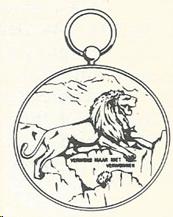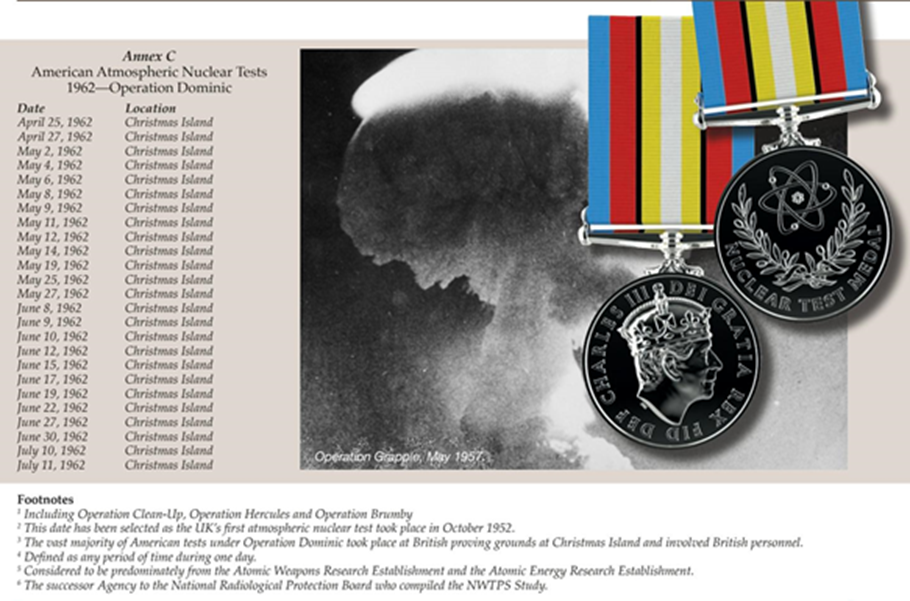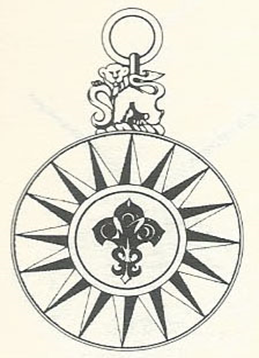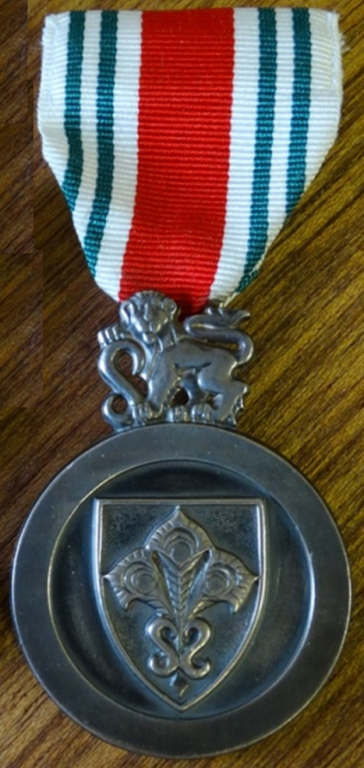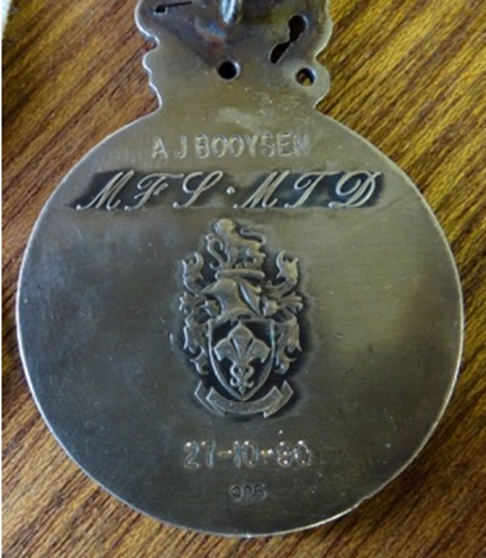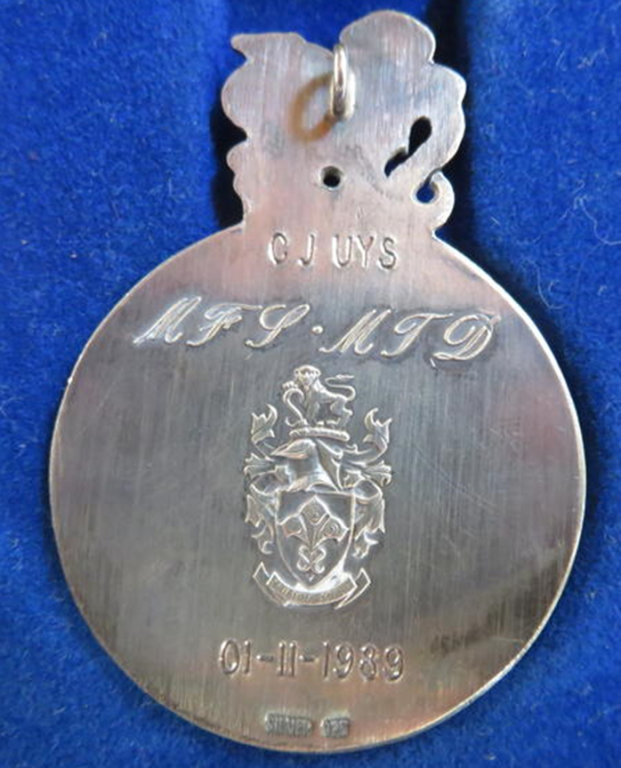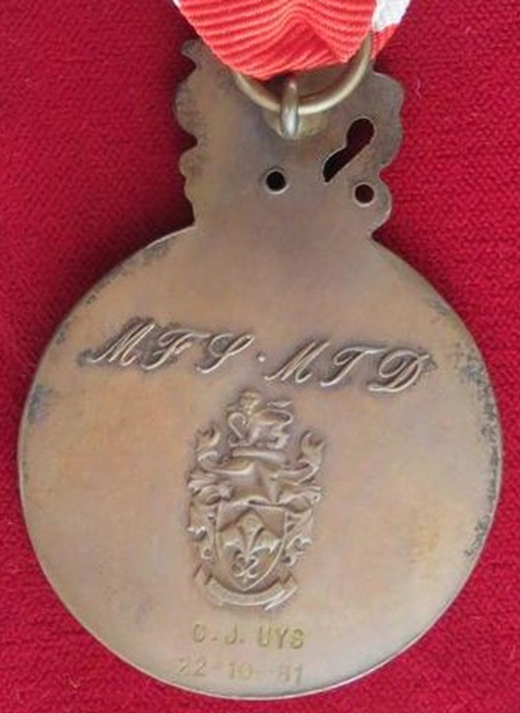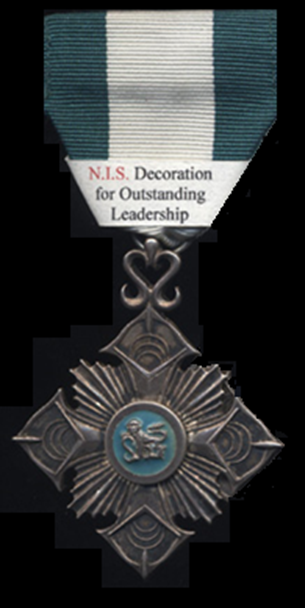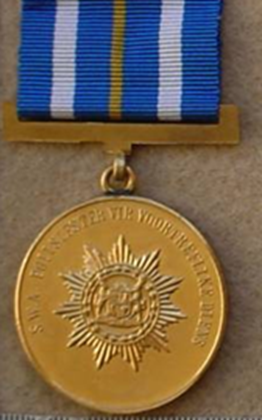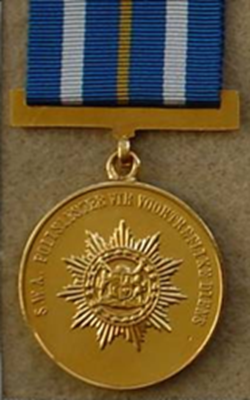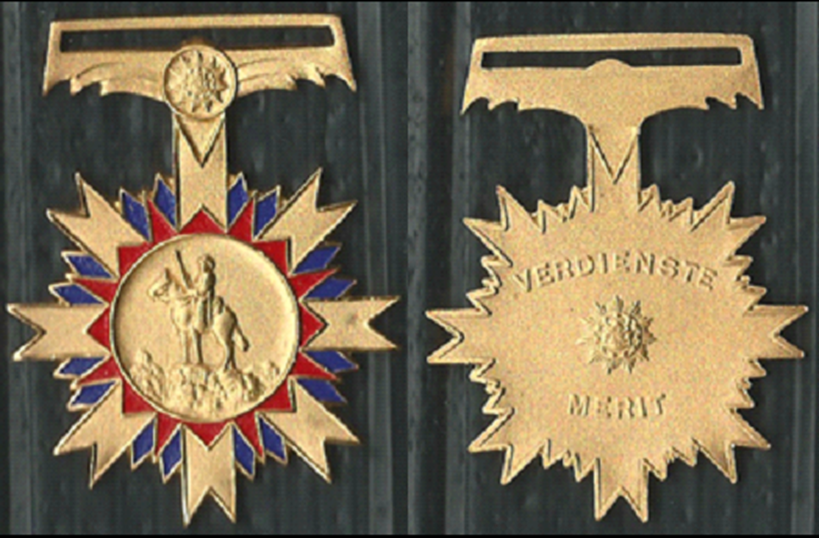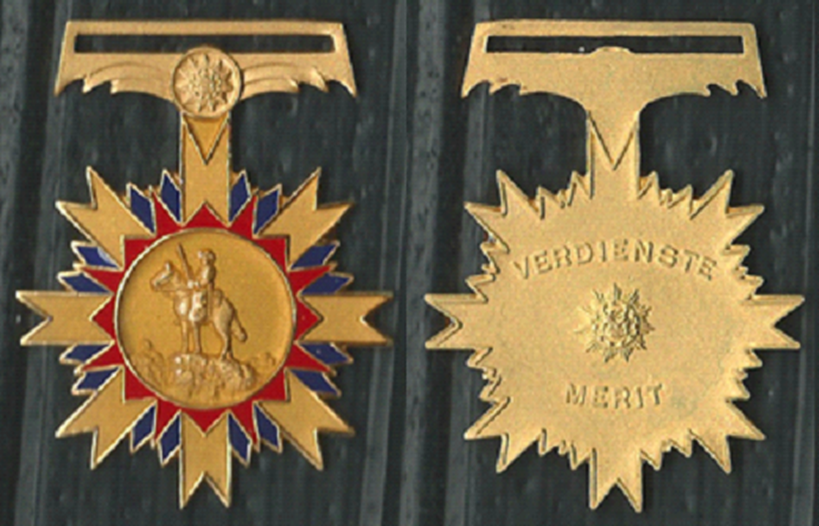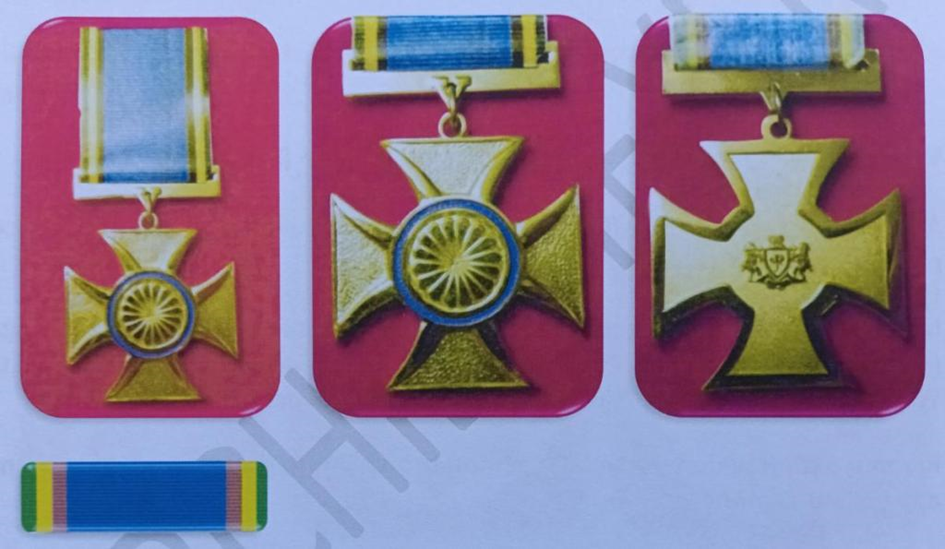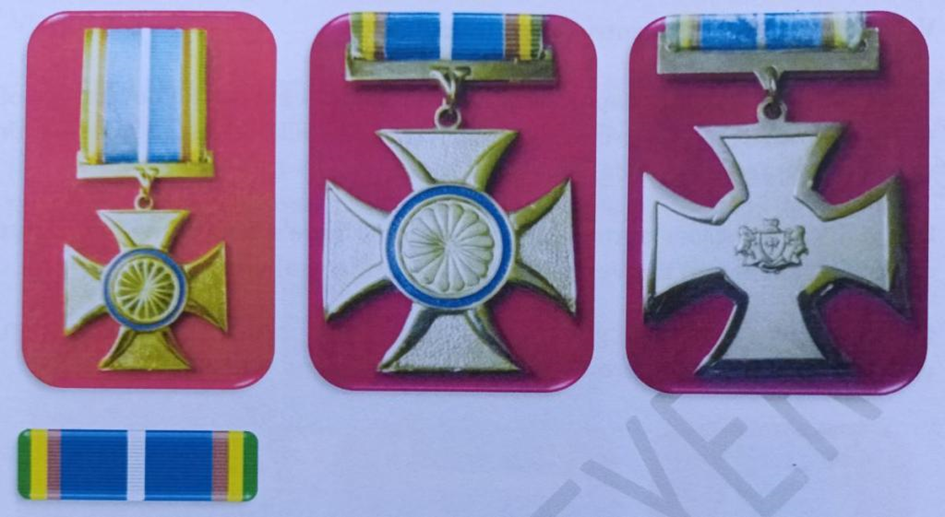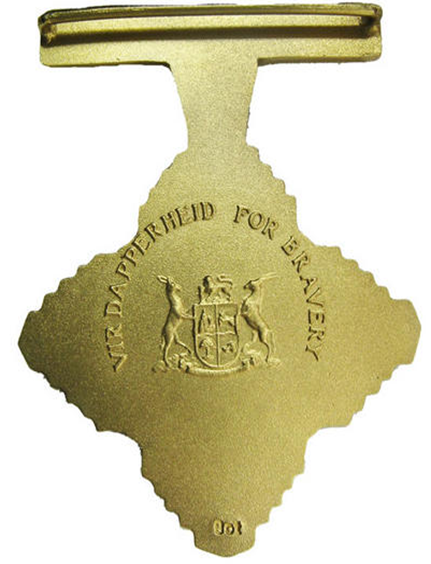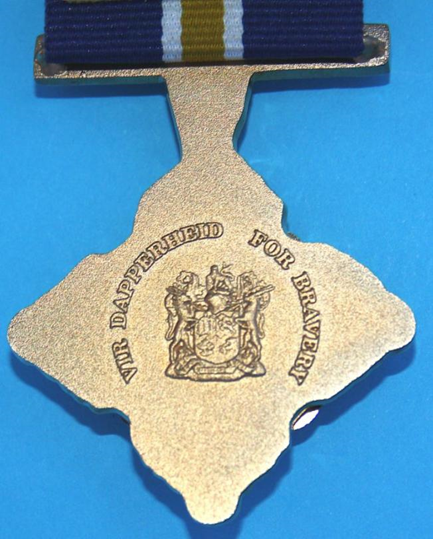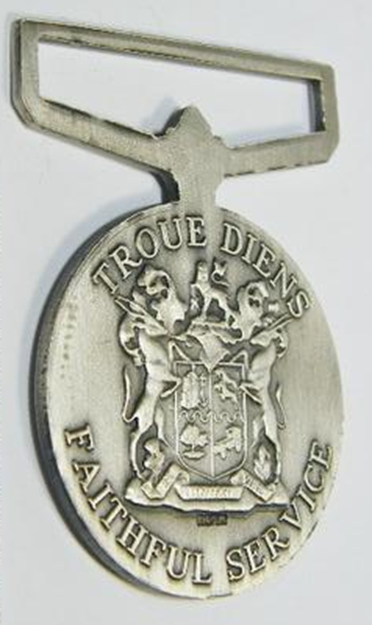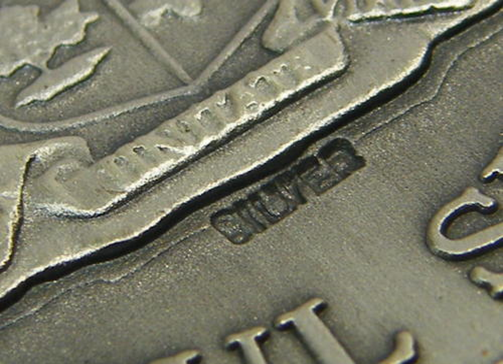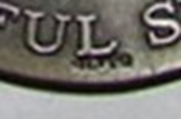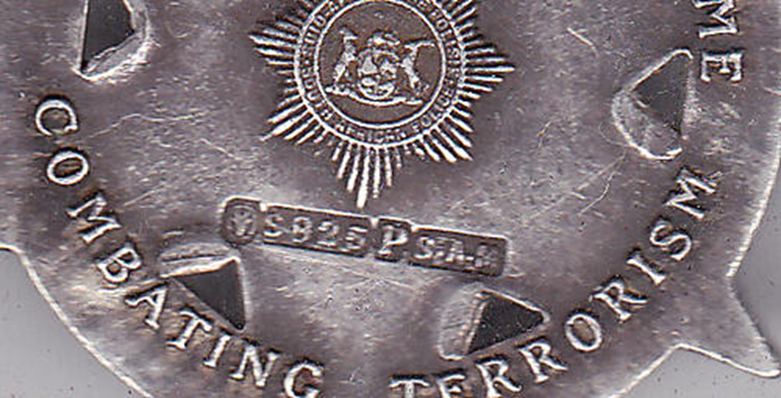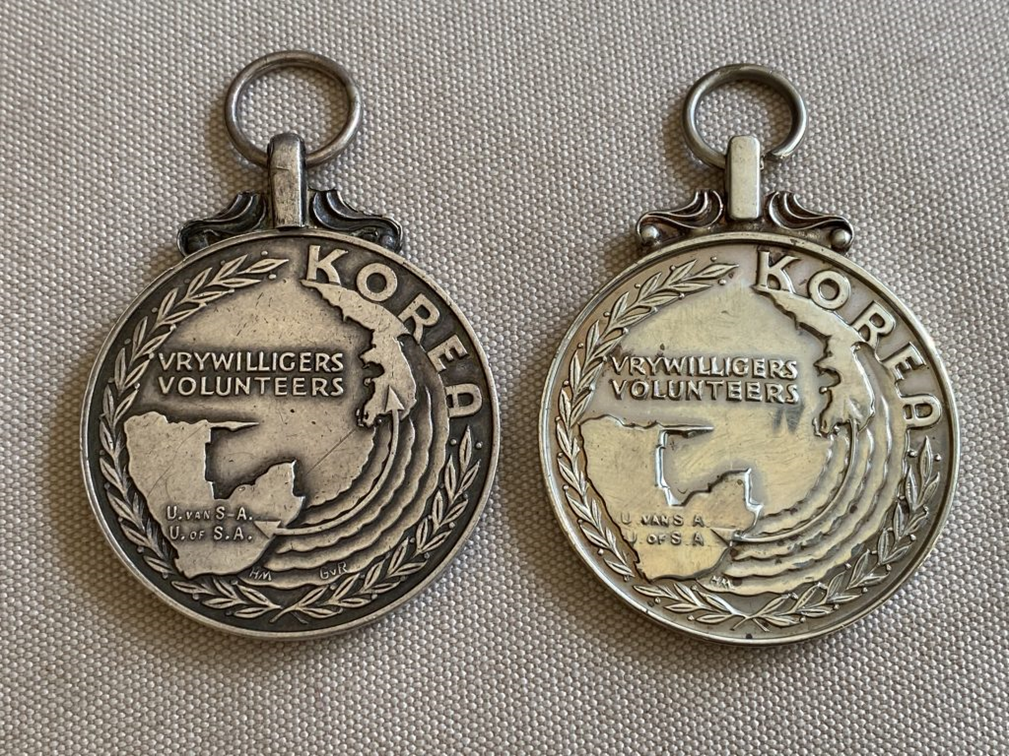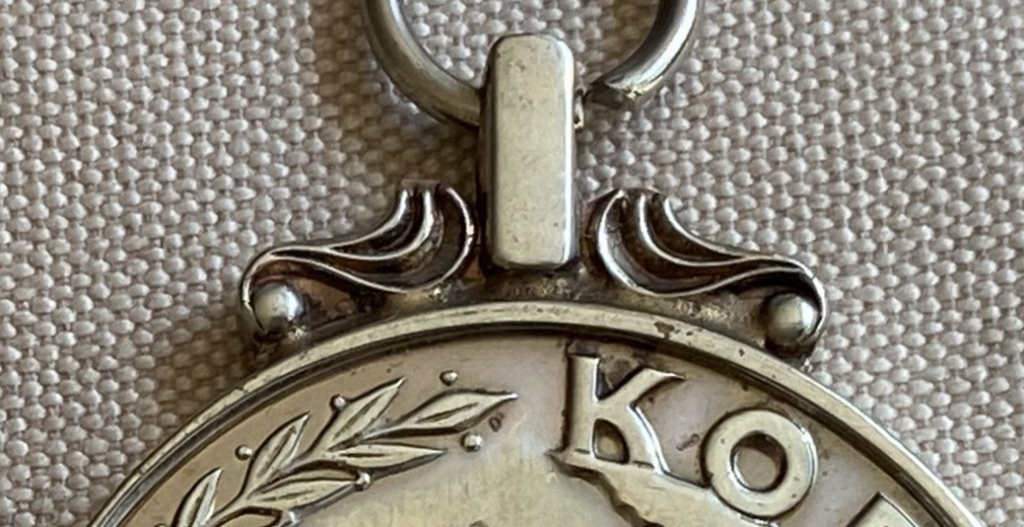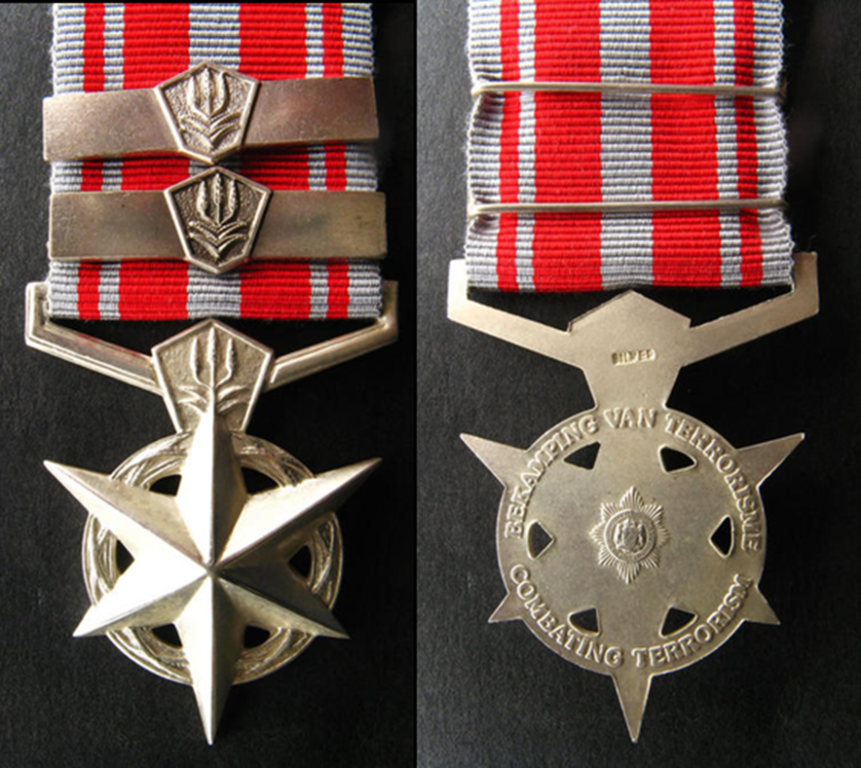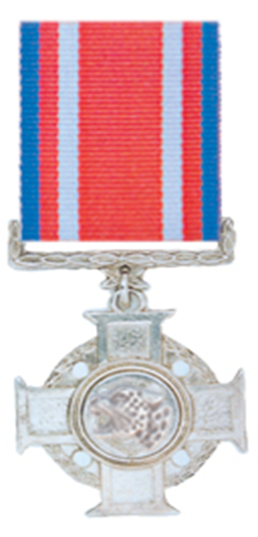-
Posts
352 -
Joined
-
Last visited
-
Days Won
1
Content Type
Profiles
Forums
Blogs
Gallery
Events
Store
Everything posted by Marcon1
-
Hiya, At long last I found the information I was seeking concerning Orange Free State President Steyn Medal 1902. So it was a Dutch issue and not a Orange Free State issue. Regards, Marcon1.
-

Collector's query
Marcon1 replied to svapr's topic in Great Britain: Orders, Gallantry, Campaign Medals
& Its worth noting that, due to this image👇, of an angel standing on a slave (allegedly, being a big no-no… combined with a new ‘woke’ King… it may not be around much longer. That is NOT a slave St. Michael is standing on but SATAN. Marcon1. -

Nuclear Veterans Medal
Marcon1 replied to bigjarofwasps's topic in Great Britain: Orders, Gallantry, Campaign Medals
Hiya, This article by Michael O'Brien in the latest Medal News magazine might be of some interest. Please note lines 3-4 !! Regards, Marcon1. -
Hi Archie, Thanks for the pictures + info (I had most of them, but didn't know what was what). You also showed me a medal I had no knowledge of, so again, thank you. But I'm missing one. Sabotage Campaign Medal — For veterans of MK's sabotage campaign which began in 1961. Any idea if it exist and how it looks like ?? Regards, Marcon1. PS: it's Hector Pieterson, not Peterson. ( a typo ?)
-
Hi Archie, A few observations about your unknown mystery medals. Note the hallmark !! According to a listing of South African hallmarks the letter V indicates 1995 as the year it was struck. This is interesting as the NIS was disbanded in December 1994 and at the same time there medals became obsolete. This might also be the reason why they used the CoA of South Africa and NOT the NIS CoA . Could this be a one-off intended to be presented to a high ranking officer (former directer of NIS, a general ??). It looks from the picture that something (a name perhaps) has been covered up. That name might give a clue as to what and why. Also, if it still exists, maybe the South African Mint might have some records about this medal. There is a lot more to this medal than on first sight. As to your other unknown mystery medal, pity we can not see the reverse. Since the front looks the same as the other unknown one it might also be a later minting. But I also have in my listing this medal.. NIS Civil Medal (1990-1994) For "above-average acts of merit" (sic) by "civilians", which benefited the NIS. It does not appear to have been awarded. Insignia: Same design as the NIS Civil Decoration, but in bronze. It looks almost identical (except for the longer thinner points) - could this be a different version of it? Both are in bronze and the ribbon might be a case of - we don't have the correct one, so we went for the next best thing- ribbon. What do you (and all the other readers) think ?? Regards, Marcon1.
-
Hi all, Better pictures of The National Intelligence Service Medal for Faithful Service, Silver. At least 2 known variations of the back. 925 below CoA. SILVER 925 below CoA. The National Intelligence Service Medal for Faithful Service, Bronze. Also exist with holed lion. Regards, Marcon1.
-
-
Hi Archie, Thanks for the information. One more question - who got the silver-gilt one and who got the bronze ?? - i.e. Officers (high ranking or otherwise) - NCO's and lower ranks ? Marcon1. or was it for - service of high quality which cannot be acknowledged fittingly in another manner (silver-gilt) and serving or rendering service to BDF (bronze).
-
Hi Archie, A few questions. 1) Distinguished Gallantry Medal - looking at your pictures I can see 3 different types - what are they ? - Sample, proposed design/metal but never issued, issued version = which is which ?? 2) Defence Force Commendation Medal - you say 'It was approved in silver gilt, but was struck in silver gilt and bronze' = does that mean there is a silver-gilt version AND a bronze version ?? Regards, Marcon1.
-
-
Hi all, What is the best way to remove the glue from sticky tape or blue tack from your ribbons. Over the years I bought many medals where the ribbon was stuck down with one of the two above methods and I’m sure I’m not the only one with this problem. Buying new replacement ribbons can be difficult and not always possible. So how do you solve this problem ?? Regards, Marcon1.
-
Hi Archie, I have to correct you concerning this medal (South West Africa Police Star for Distinguished Service (SOO) (1981-1989)). At the bottom of the listing you say mistake in description. But look at these pictures. No blue roundel enamelled. With blue enamelled roundel. So both versions exist. There are also 2 versions of South West Africa Police Star for Merit (1986-1989). Gilt – without epoxy coating in the middle. Gilt – with epoxy coating in the middle. Both are in my collection. Regards, Marcon1. PS: Archie, do you know to which medal this bar belongs ? All the info I have is this = S.W.A. Police Bar for Full Size Medal. 3 Pins
-
Hi Archie, Yes, I saw them too while looking for South African & homelands medals. Found Dutch medals a bit boring so never started collecting them, in fact, I had 3 unnamed medals that belonged to my Grandfather and sold them. Had they been named I would have kept them but unnamed ones can easily be replaced if need be. Marcon1.
-

Help identifying regt. crest
Marcon1 replied to Dancula's topic in Great Britain: Militaria: Badges, Uniforms & Equipment
Hiya, Could it be this ?? Royal Artillery: 101 (Northumbrian) Regiment 3 Castles On Shield Regards, Marcon1. -
Hi Archie, Thanks again for pictures of medals I did not know existed (only a limited amount with the wording Amalgamation Medal on the reverse, were manufactured). Have added it to my list of medals to look out for. regards, Marcon1.
-
Hi Archie, According to your pictures these Police Gallantry Crosses look like the ones for the VNF. However, I found some information that says the following = When the Venda Police was established, they took over the basic design of the Venda National Force medals, and replaced the Venda crest with the Police star. They took over the ribbon as well. Therefor should they not have the police star on the reverse ?? As the medals look the same (as does the ribbons), how does one know which branch it is for - VNF or Police ?? Regards, Marcon1. PS: Did the Venda Police also issue/produce these 2 medals ?? VP Distinguished Service Medal VP Outstanding Service Medal
-
-
Hi Archie, A picture of the bar would be most welcome. Marcon1.
-
Hiya, Here are 2 more variations. SILVER under Coat of Arms. SILVER under L of Faithful. Regards, Marcon1.
-
-
Hiya, Here some interesting information concerning the above Korea medal. SA Korea Medal In the 1990s, the SADF ordered top-ups of all its medals, and this included the SA Korea medal. These “top-up” medals are official, and they are not copies. Original 1953 issue. 1990's top-up issue. Note: on the 1990's issue a set of initials is missing. (on the right). Note: on the 1990's issue there is no voiding on the suspender, the 1953 issue has voided suspender. 1990's issue. Regards, Marcon1.
-
-
Hi Archie, According to Arthur Radburn the ribbon for CDF Long Service Medal (30 years) is and for CDF Long Service Medal (20 years) is . Is he correct or is he mistaken (perhaps the design/colours of the ribbons were changed before/after approval). Any thoughts ? Marcon1. PS: I don't know if I already asked this question. Pro Merito Medal (PMM) - Does it exist ??
-
Hi Archie, I've a picture/drawing of a Cross of Gallantry with a sideways head - any idea ?? Regards, Marcon1.


